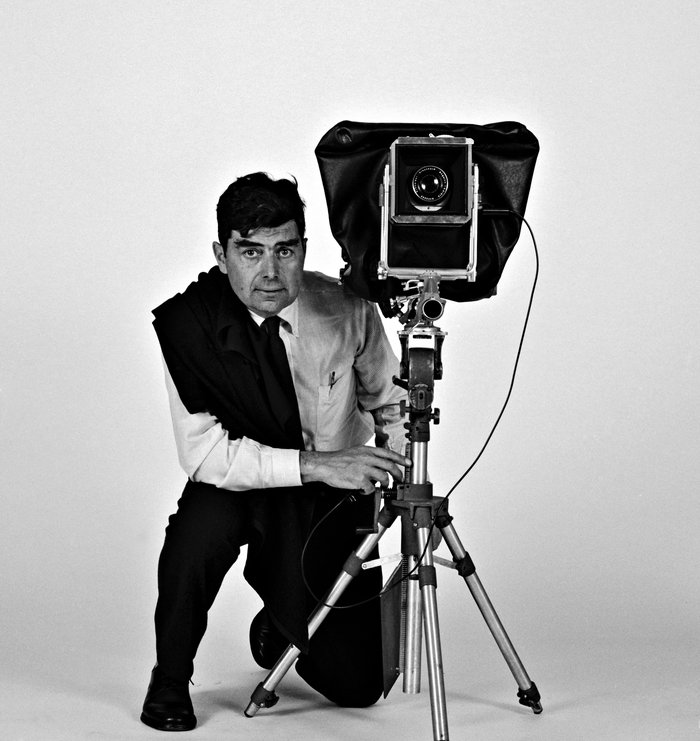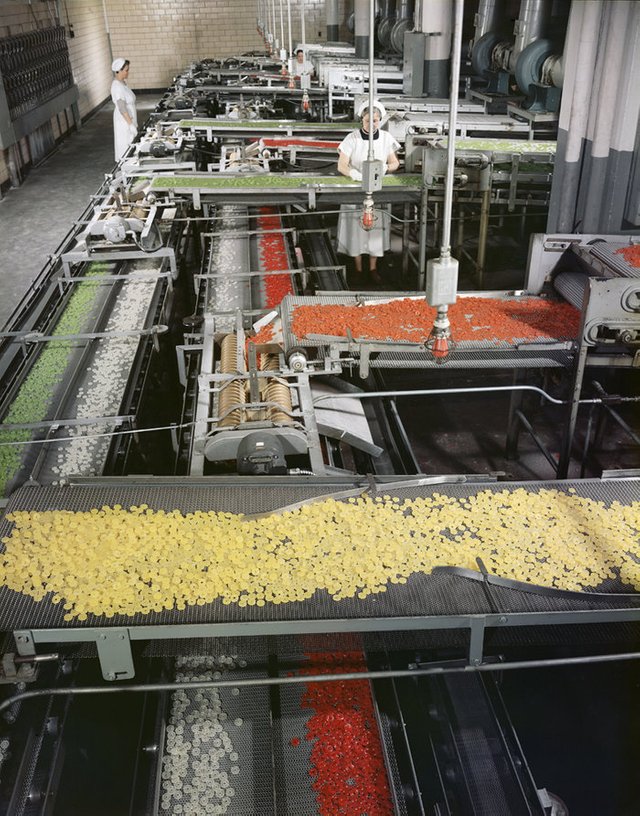The Photographer Who Made Architects Famous
Ezra Stoller probably wouldn't care about this question, but let's indulge it anyways: What makes a "beautiful" photograph?
To a degree, a lot depends on the subject, right? Would Ansel Adams have been half as famous if those landscapes hadn't already done most of the work?
Then again, beauty is also in the eye of the beholder. Bill Brandt didn't design the human body, so how can he take credit for its beauty in his photos? Because he knew how to capture the poetry of all its curves and angles — forcing us, in turn, to see the body in ways we hadn't seen it before.
Architectural photography, though often relegated to its own genre, is no different. The task is to capture the intention behind someone else's design — to distill the philosophy of a building into a single, digestible image that transcends explanation. It's not easy, but when it's done well it looks effortless. So much so that you're left admiring the building alone, and likely never think twice about the person who helped you see it.

Portrait of Ezra Stoller with view camera, circa 1965.
Bill Maris/Courtesy of Yossi Milo Gallery
But again, this conversation is almost entirely moot:
"I'm not interested in art photography," Ezra Stoller once said in an interview. "I'm interested in architecture as it is, to look at and enjoy. But what I do is a job of work, that is what it is."
Spoken like a true modernist architect. When Stoller was photographing in the 1950s and '60s, the idea that "form follows function" was what the most prolific architects had espoused. Designers like Frank Lloyd Wright and Le Corbusier had purged the flourishes of Beaux Arts in favor of sleek lines and cool rationality. Stoller's photos followed suit.
In the introduction to Ezra Stoller, Photographer, his daughter writes that Stoller's "approach to photography was formed by the functionalist tenets of Modern architecture."
"He believed in the honest ability of photography to reveal the structure, function and material qualities of a building," she writes. "His commitment to the visual transcended the need for words: if one could look at an image, then text was redundant."
Stoller knew the material well. He had studied architecture at NYU before ultimately switching to industrial design. His career began with photographing his friends' designs. Eventually his close relationships with art directors at top magazines solidified his reputation as one of the best photographers of architecture and machinery, among the likes of Julius Shulman on the West Coast.
For Stoller, what preceded his interest in the craft of photography was a predilection for structure, mechanics, function and design. Those were his interests from an early age, and his attraction to (and mastery of) photography was in the technical. He had no qualms about what some in the industry disparagingly refer to as a "commercial photographer."

Life Savers Factory, Port Chester, N.Y., 1956. Although he is most well-known for his photographs of architecture, Stoller was also often assigned to photograph stories about innovations in technology and man's relationship with machinery.
Ezra Stoller/Courtesy of Yossi Milo Gallery
"While he didn't strive to be an artist," his daughter, Erica, writes, "the photographs are meaningful and beautiful works of art."
That's why, decades later, his photographs have been mounted on the walls of Yossi Milo Gallery in New York City. Milo, owner of the eponymous gallery and curator of the show closing Saturday, acknowledges the beauty but also underlines the significance of Stoller's role in the history of architecture. "Many argue," Milo tells me, that his photos "actually made the buildings famous."
"His pictures ... helped give architects the kind of celebrity status that they enjoy today, and to introduce the idea that they are as much artists as are painters and sculptors," curator Andy Grundberg writes in the introduction to Ezra Stoller, Photographer.
It took someone like Stoller to put names like Frank Lloyd Wright on the tip of American tongues. As for "Stoller," that will likely never be a household name, although recent books and exhibitions don't hurt.
Then again, he probably wouldn't care.
Hi! I am a robot. I just upvoted you! I found similar content that readers might be interested in:
https://www.npr.org/sections/pictureshow/2013/03/01/173140765/the-photographer-who-made-architects-famous